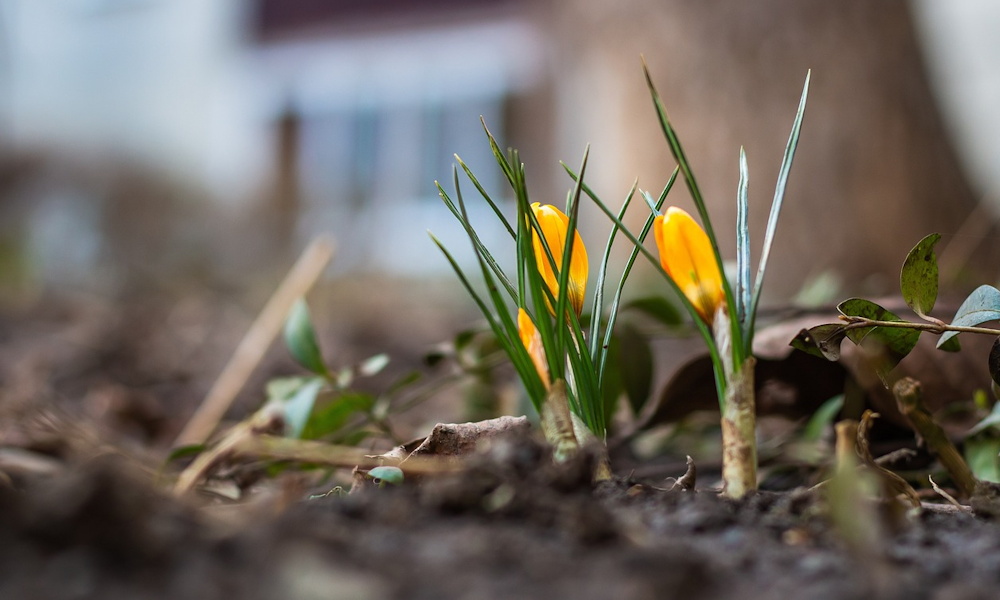As the last vestiges of winter fade away and the warmth of spring beckons, it’s time to roll up our sleeves and dive into the rejuvenating world of gardening. Whether you’re a seasoned green thumb or a novice enthusiast, ensuring your garden is prepped and primed for the blooming season ahead is essential. From pruning fruit trees to prepping the soil, here’s a comprehensive guide to the most crucial tasks for your garden at the end of winter.
Pruning Fruit Trees
Start by inspecting your fruit trees for any dead, damaged or crossing branches. Pruning encourages healthy growth and abundant fruit production. Remove any suckers or water sprouts that may have emerged during the dormant season. Aim to shape the tree to an open center structure, allowing sunlight and air circulation to reach all parts of the tree.
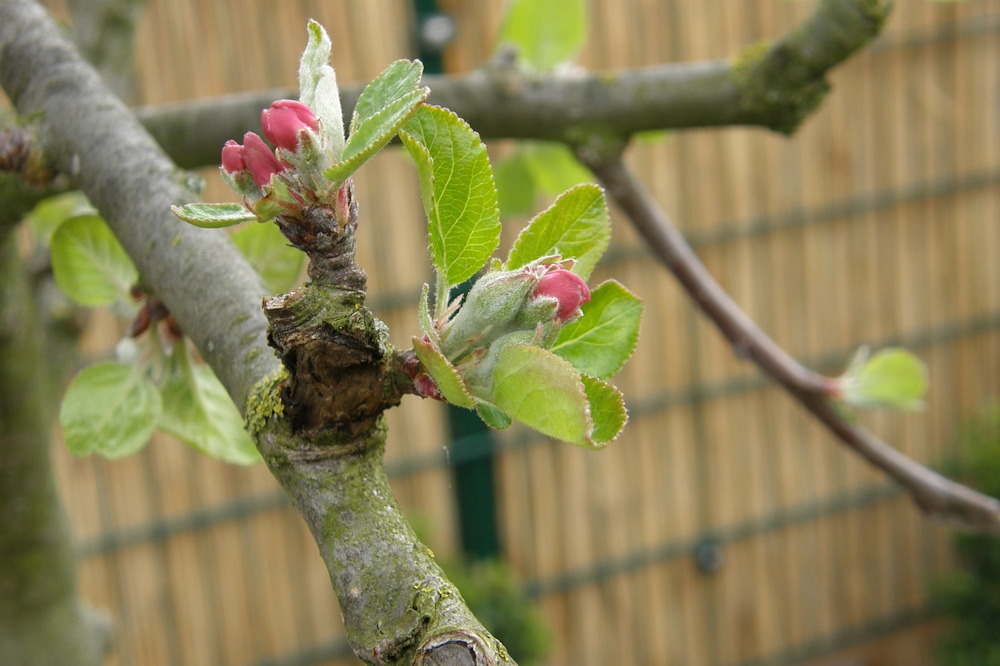
Inspecting and Pruning Fruit-bearing Bushes
Similar to fruit trees, fruit-bearing bushes like raspberries and blueberries benefit from pruning. Remove old, diseased or overcrowded canes to promote new growth and increase yields. Trim back any frost-damaged branches to encourage healthy regrowth.
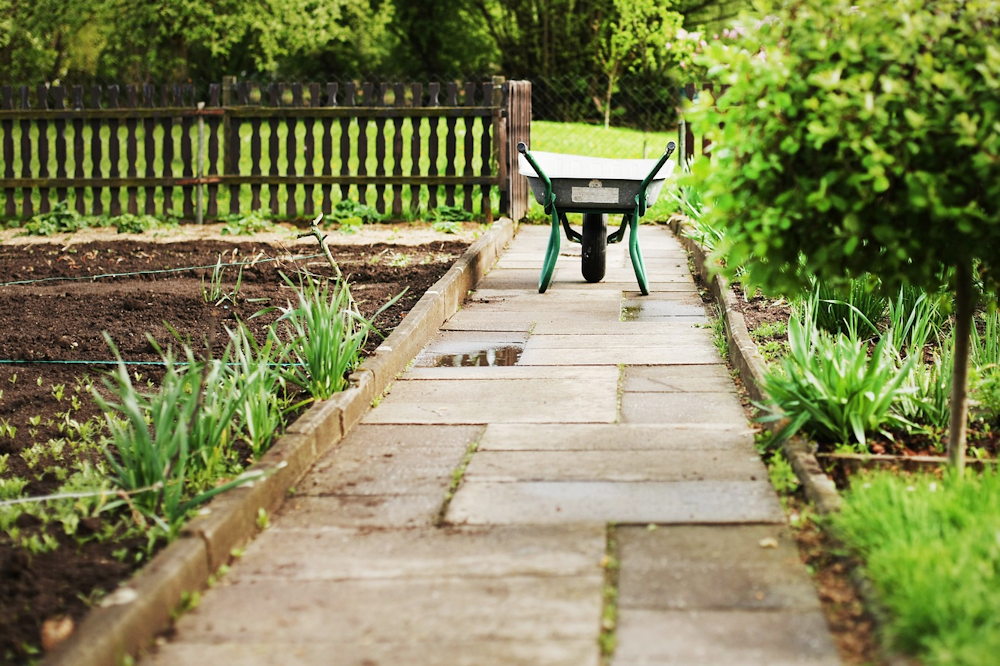
Prepping the Kitchen Garden
Prepare your vegetable beds by loosening the soil and incorporating organic matter such as compost or aged manure. This enriches the soil, improves drainage, and provides essential nutrients for robust plant growth. Consider rotating crops to prevent the buildup of pests and diseases.
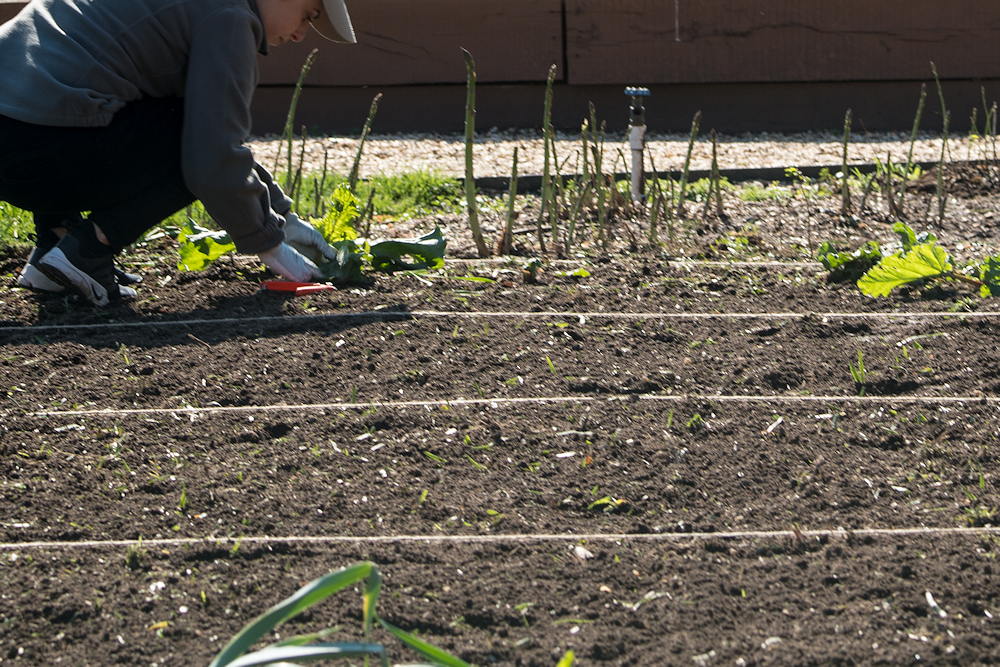
Tending to Flower Beds
Take stock of your flower beds and remove any debris or weeds that have accumulated over winter. Cut back any dead foliage to make way for fresh growth. Divide and transplant overcrowded perennials to rejuvenate the bed and ensure optimal blooming.
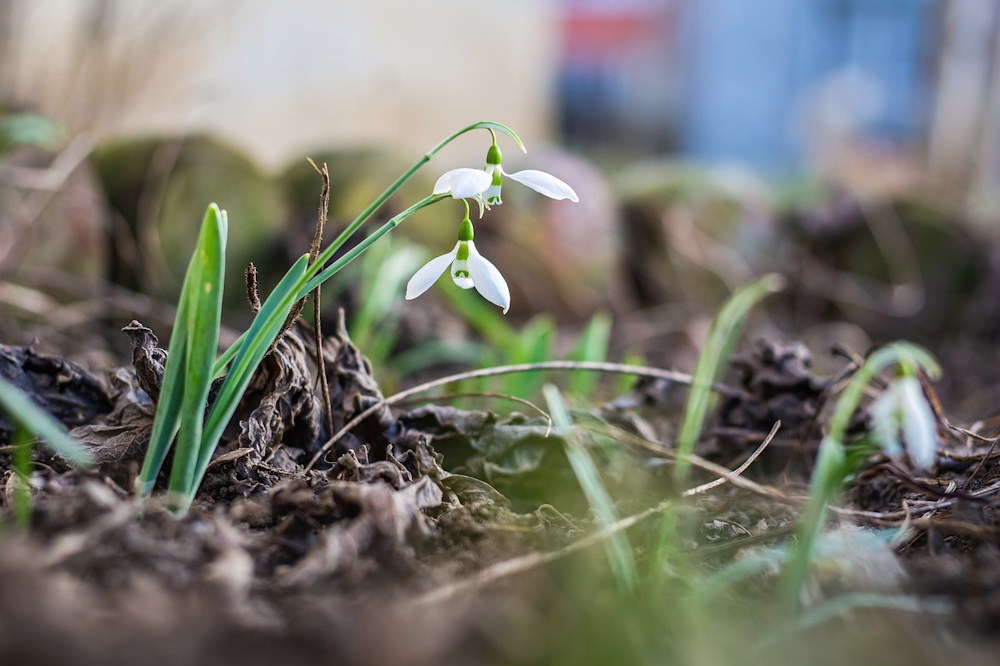
Reviving Ornamental Shrubs
Give your ornamental shrubs a little TLC by pruning away any dead or overgrown branches. Shape shrubs to maintain their desired form and encourage bushy growth. Apply a slow-release fertilizer to provide nutrients for healthy foliage and vibrant blooms.
Lawn Care
Spring is the perfect time to revive your lawn after the winter dormancy. Rake away any debris and thatch to allow for better air circulation and water penetration. Overseed bare patches and apply a balanced fertilizer to promote lush, green growth. Consider aerating compacted soil to improve root development.
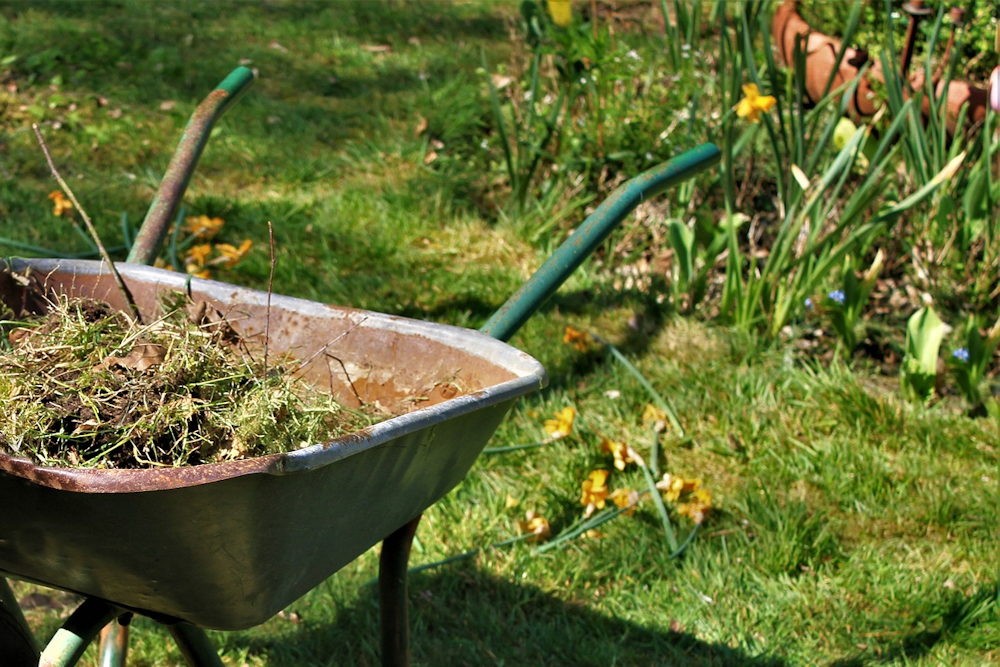
Mulching
Apply a layer of mulch around trees, shrubs and flower beds to suppress weeds, retain moisture and regulate soil temperature. Organic mulches like shredded bark or compost also enrich the soil as they break down over time.
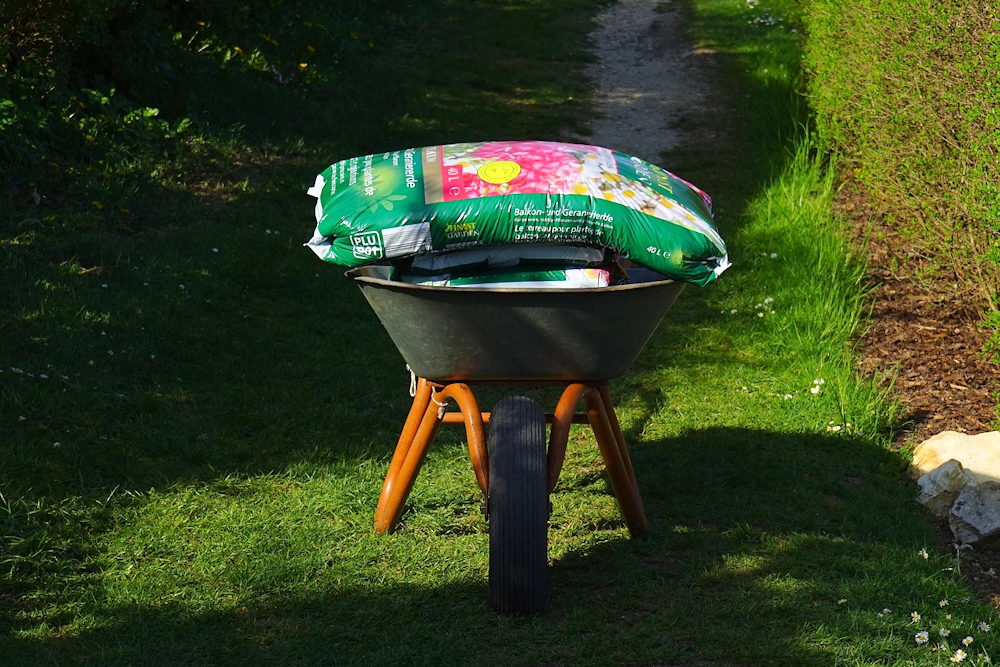
Inspecting Irrigation Systems
Before the growing season kicks into full gear, check your irrigation system for leaks, clogs or damaged components. Ensure sprinklers are properly adjusted to provide adequate coverage without wasting water.
Pest and Disease Management
Stay vigilant for signs of pests and diseases as temperatures rise. Monitor plants regularly for any unusual symptoms and take appropriate action to prevent infestations from spreading.
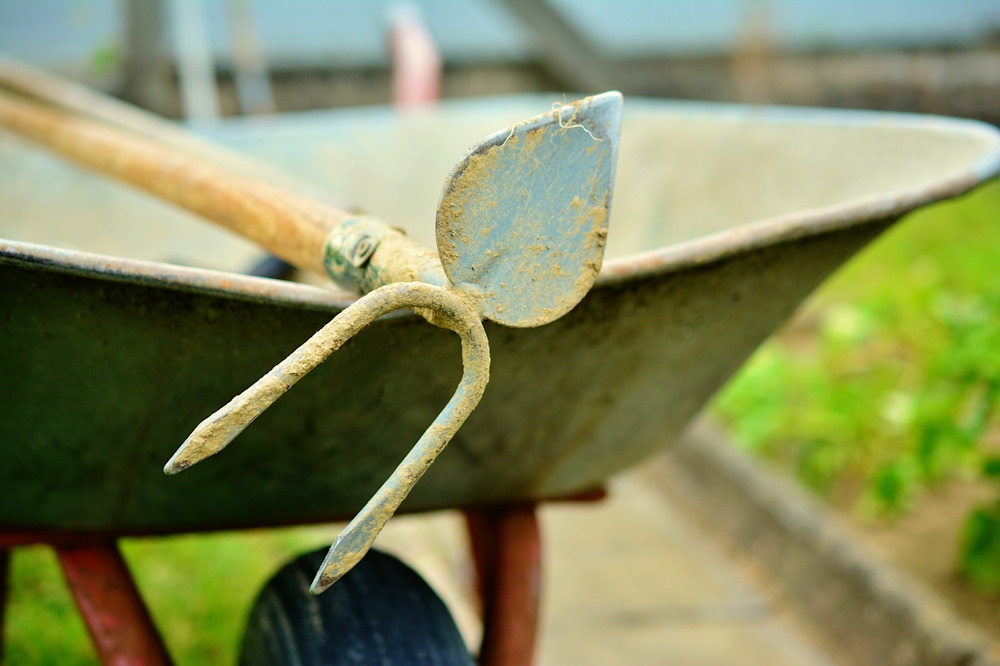
Planning and Planting
Finally, take some time to plan out your garden layout and select new additions for the season ahead. Whether it’s vibrant annuals, exotic perennials or delicious vegetable varieties, spring is a time of renewal and opportunity in the garden.
By tackling these essential gardening tasks at the end of winter, you’ll set the stage for a bountiful and beautiful growing season ahead. So grab your gloves and gardening tools, and let’s usher in the splendor of spring together!



